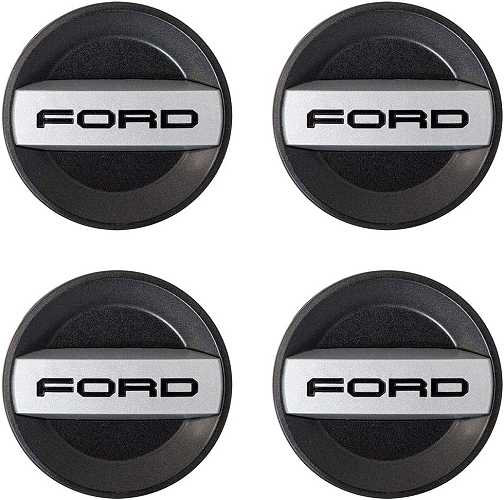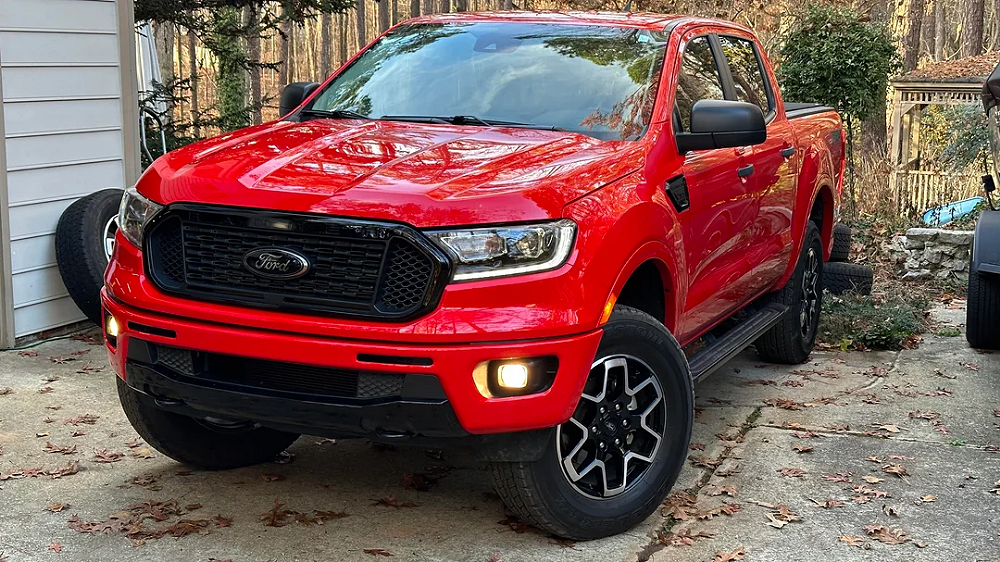
(Ford Ranger with 18-Inch Outer Banks Ford Bronco Wheels)
One of the biggest improvements you can make to your Ford Ranger is new tires and wheels. It’s not uncommon for vehicle owners to replace their stock wheels with an aftermarket wheel. Especially when going to a larger tire size than requires a wider wheel. Some also do it to make their vehicle stand out from all of the others.
Ford Bronco owners are no different. Many of them have replaced their factory wheels with an aftermarket wheel and tire setup and then listed their factory wheels and tires on Facebook Marketplace, Craigslist, and other online platforms.
The nice thing for Ford Ranger owners is that those Ford Bronco wheels will fit the 2019+ Ford Ranger, and you can usually find them at a decent price.
Below are the Ford Ranger and Ford Bronco wheel specifications as well as a visual guide to the Ford Bronco wheels.
2019-2023 Ford Ranger Wheel Specifications:
- Center Bore: 93.1 mm
- Bolt Pattern: 6×139.7 (6×5.5)
- Wheel Offset: +55mm offset
- Wheel Tightening Torque: 135 Nm
- Thread Size: M12 x 1.5
The stock Ranger wheel has a +55mm offset. Most lift kit manufactures when listing what tires fit call for either a +18 or +30 offset depending on tire size. For more information check out: 2019-2023 Ford Ranger Wheel & Tire Guide.
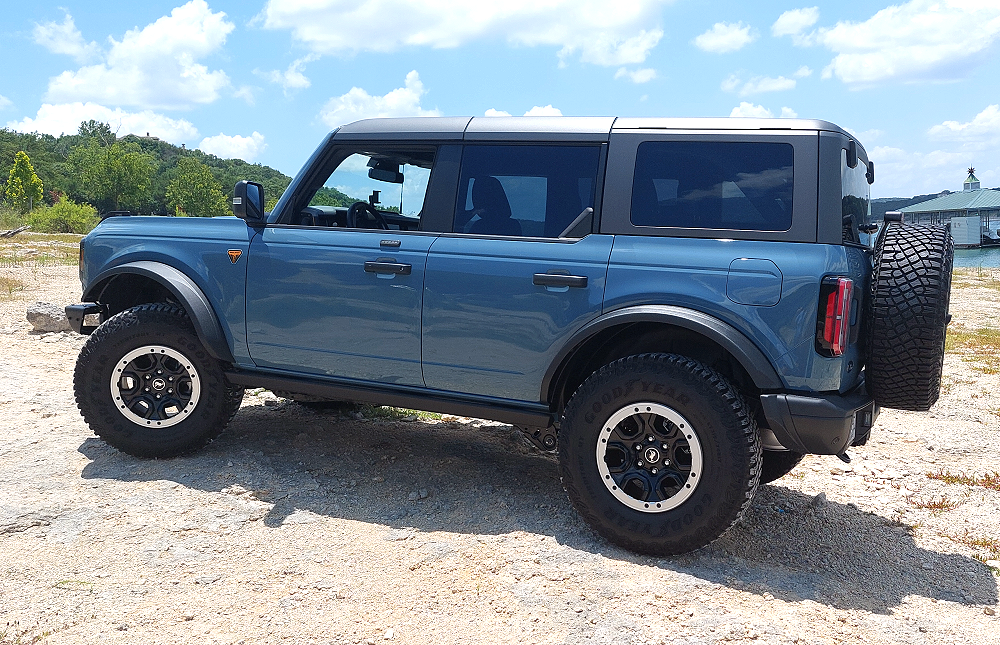
2021+ Ford Bronco Wheel Specifications:
- Center Bore: 93.1 mm
- Bolt Pattern: 6×139.7 (6×5.5)
- Wheel Tightening Torque: 135 Nm
- Thread Size: M12 x 1.5
- Wheel Offset 55mm & 30mm (see below)
2021 Ford Bronco Wheel Offsets:
- Base: 16×7 Wheel w/55mm offset
- Big Bend: 17×7.5 Wheel w/55mm offset
- Black Diamond: 17×7.5 Wheel w/55mm offset
- Outer Banks: 18×7.5 Wheel w/55mm offset
- Badlands: 17×8 Wheel w/55mm offset
- WildTrak: 17×8.5 Wheel w/30mm offset
- Sasquatch: 17×8.5 Wheel w/30mm offset
- First Edition: 17×8.5 Wheel w/30mm offset
2021 Ford Bronco Wheel Chart:
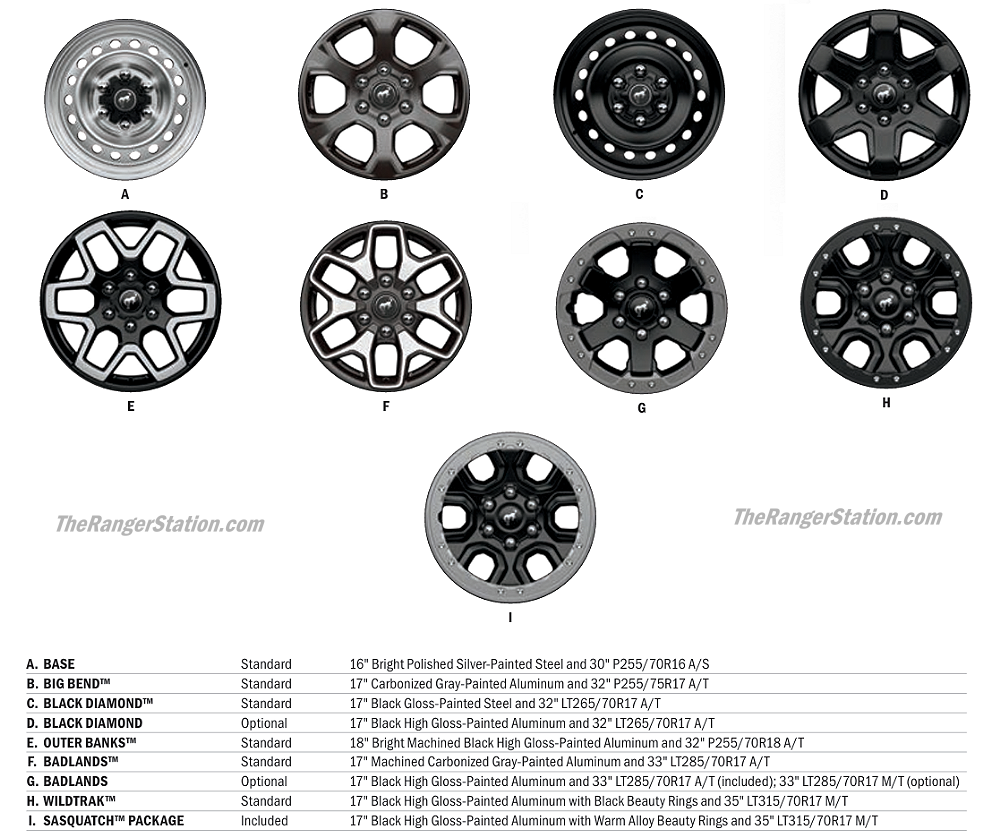
What Is Wheel Offset?
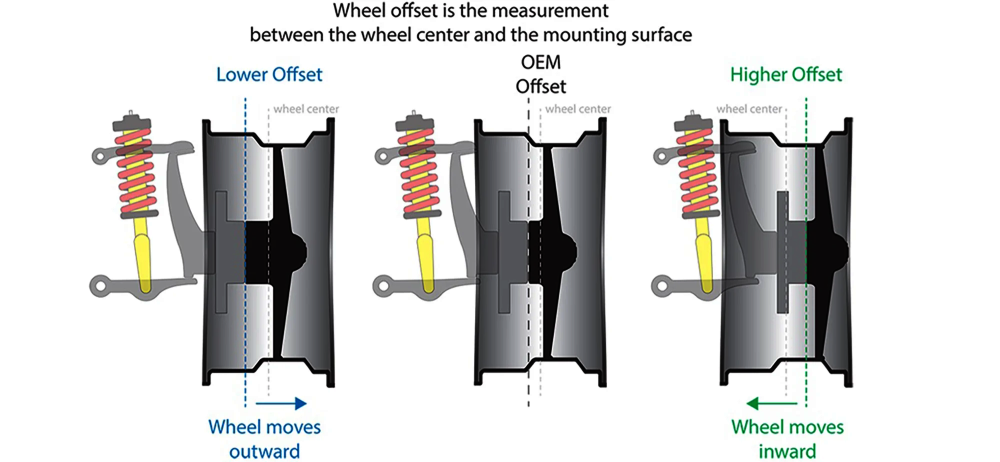
Wheel offset is considered the distance from the center of your wheel to its mounting surface, which is the part of the wheel that comes together with the rotor on installation. This measurement helps define where the wheel will sit and is typically measured in millimeters.
The higher the offset, the more inward the wheel will install, leading to a narrower vehicle stance and less clearance between the suspension and your tires inside edge. The lower the offset, the more outward it will install which leads to a wider vehicle stance and more clearance between tire and suspension. This, generally, is better for those who have added a suspension lift along with larger tires.
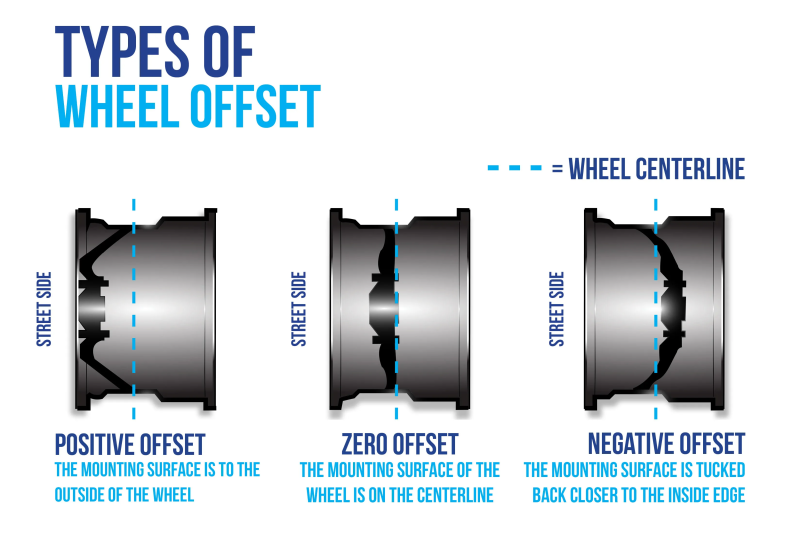
There are three types of offset – zero offset, positive offset, and negative offset.
Zero Offset: In a wheel with zero offset, the mounting surface of the wheel is on the centerline. The centerline is the centermost point of your wheel, if you were cutting it in half vertically.
Positive Offset: In a wheel with positive offset, the mounting surface of the wheel is to the outside of the wheel (on the street side). This is the most common scenario for newer, OEM setups. This offers maximum backspacing.
Negative Offset: In a wheel with negative offset, the mounting surface of the wheel is tucked back closer to the inside edge of the wheel, offering less backspacing, and a more “dished” wheel, popular in show cars and trucks.
Example of Wheel Offset:
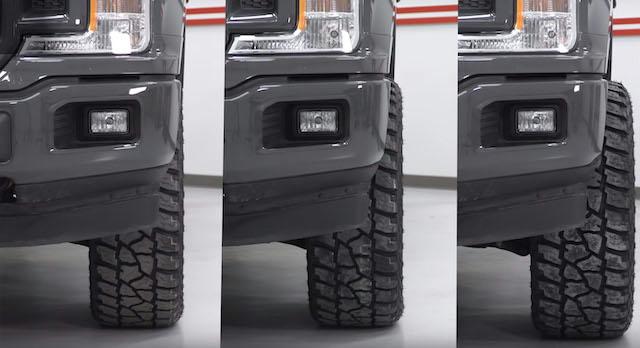
- (Left) Positive: When the mounting surface is in front of the centerline and closer to the outside rim than the back part of the wheel.
- (Middle) Zero: When the mounting surface is right where the centerline is; this gives your wheels a centered look.
- (Right) Negative: When the mounting surface is recessed past the centerline; this gives your wheels a deep 3D look.
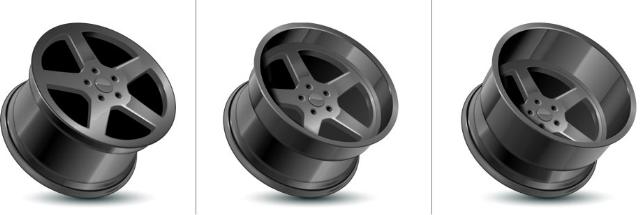
Wheel Backspacing:
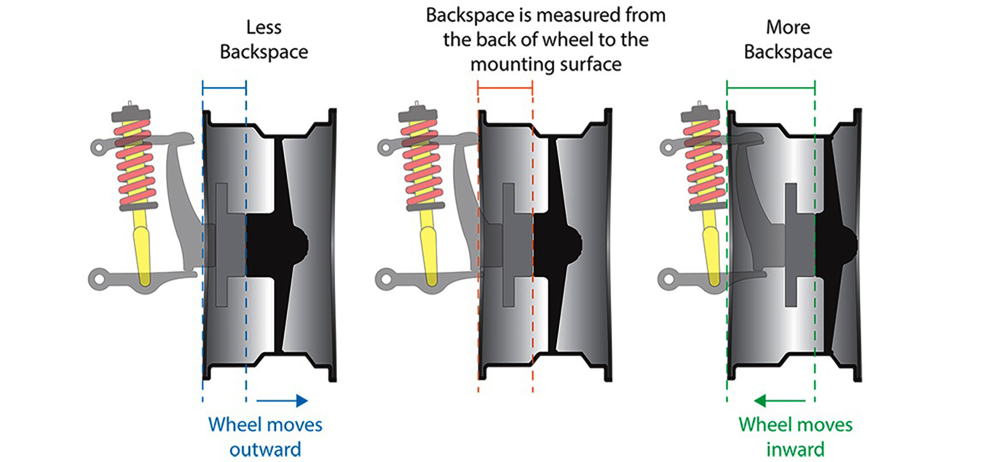
Backspacing: Backspacing refers to how much space there is between the back side of the wheel and the mounting surface of the wheel.
Rims with more backspace have less inside wheel clearance and can potentially rub up against the vehicle’s suspension, steering system and other vehicle components. Less backspace on a wheel means more inside wheel clearance and little risk of rubbing.
How To Measure Wheel Backspacing:
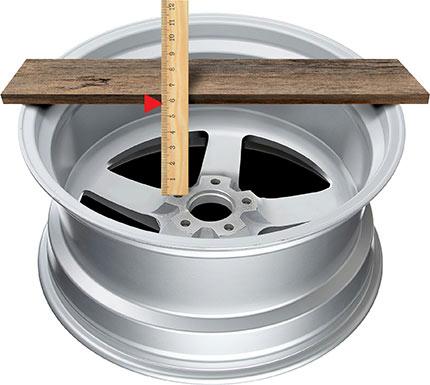
To measure backspacing, lay the wheel facedown. (Pro Tip: use a soft surface to protect the wheel face.) Place a solid, flat item, such as a board, across the wheel so that there’s a flat surface touching both sides of the wheel. Then, using a ruler or tape measure, measure the distance from the mounting surface to the base of the object.
Ford Raptor Wheel Center Caps
For those that don’t want the Bronco emblem in the center of your wheel, you can replace those wheels center caps with these Ford Raptor center caps P/N M-1096K-RA
Check Out: M-1096K-RA Wheel Center Caps Made for F150 Raptor 2017-2020
Ford Bronco Wheel Photo Gallery:
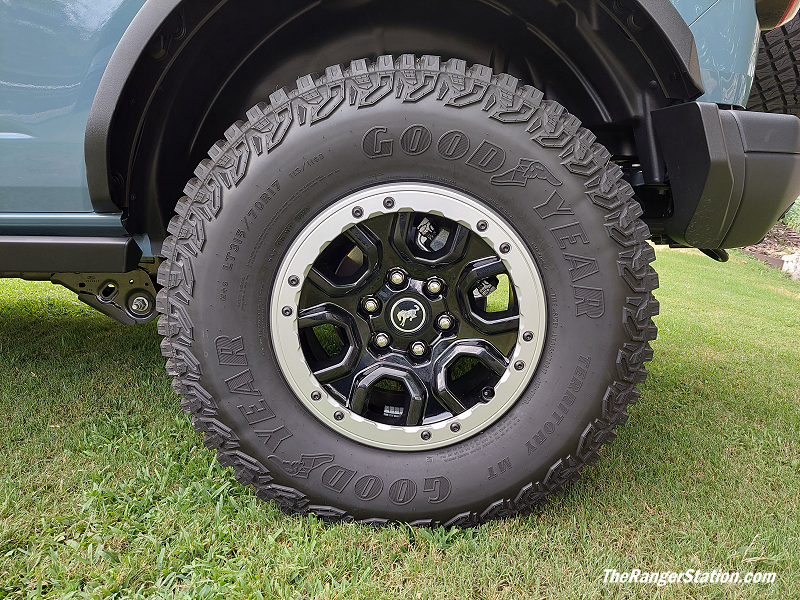
(Ford Bronco Sasquatch Wheel 17×8.5)
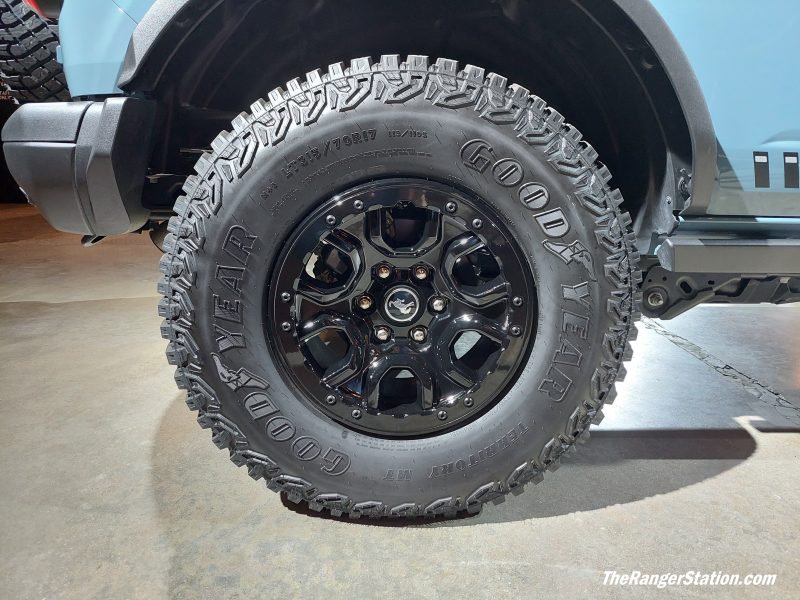
(Ford Bronco WildTrak & First Edition Wheel 17×8.5)
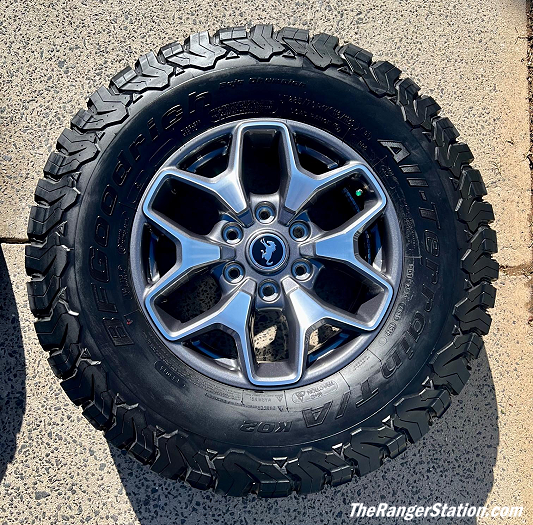
(Ford Bronco Badlands Wheel 17×8)
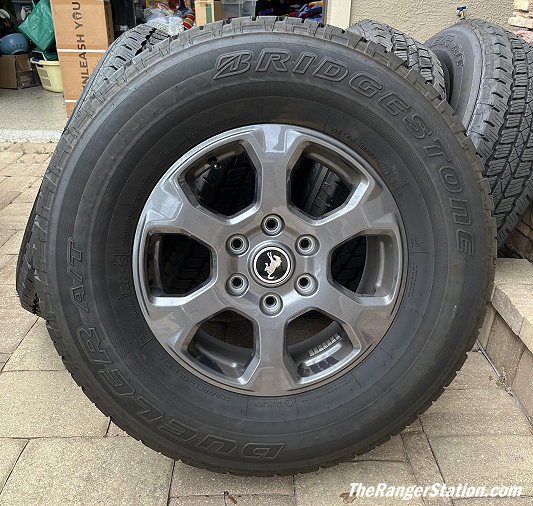
(Ford Bronco Big Bend Wheel 17×7.5)
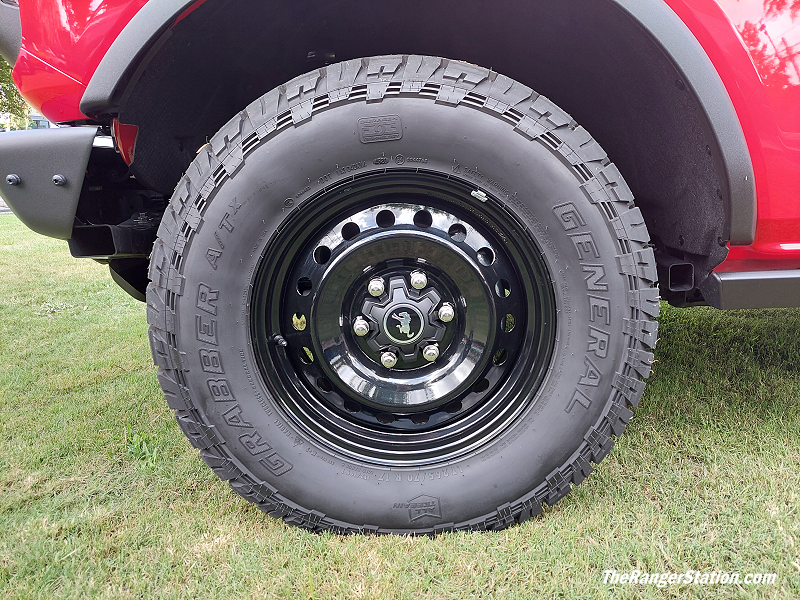
(Ford Bronco Black Diamond Wheel 17×7.5)
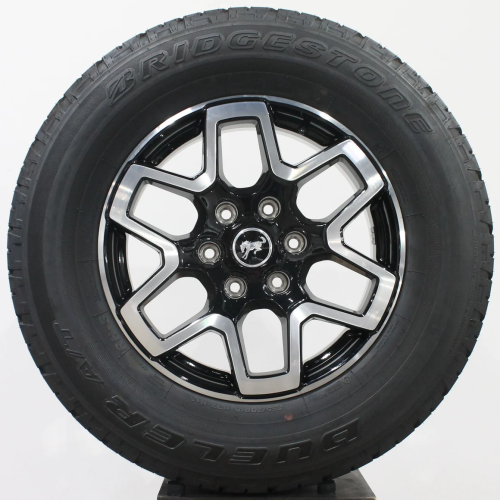
(Ford Bronco Outer Banks Wheel 18×7.5)
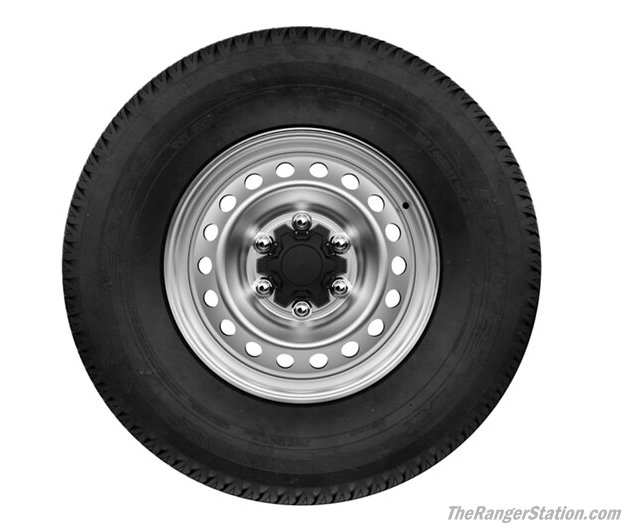
(Ford Bronco Base Wheel 16×7)

